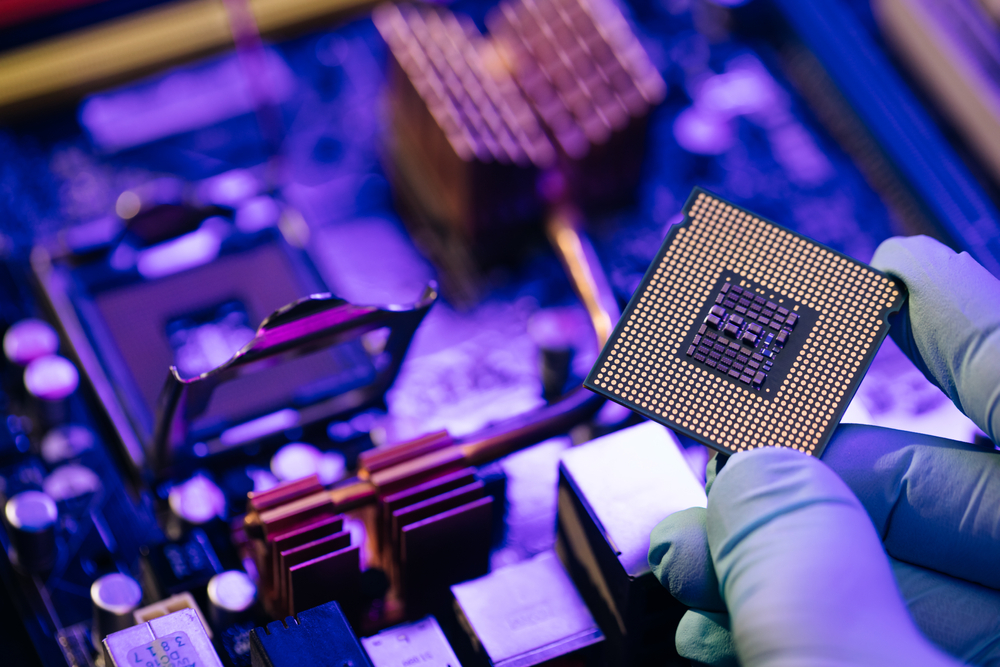Back in 2019 I wrote an article called “Intel VS. AMD Processors” I decided to write an updated article, in Technology, everything changes so fast…
When it comes to selecting a device for personal computing, the processor inside it plays a crucial role in defining your experience. The choice between an Intel and an AMD processor is more relevant than ever, with both brands offering competitive options that cater to a wide range of needs. Here’s an updated overview to guide your decision.
Intel Processors: Versatility and Performance
Intel processors continue to be a staple in the computing world, renowned for their performance and compatibility across both macOS and Windows operating systems. Intel’s offerings, from the Core i3 to the high-end Core i9 and Xeon series, are designed to cater to a variety of users, from casual web browsers to professional content creators and gamers. Intel’s strength lies in its widespread adoption, ensuring compatibility and support for a broad array of software and hardware, making it a safe choice for users who prioritize stability and support.
AMD Processors: Rising to the Challenge
AMD has made significant strides with its Ryzen and EPYC series, challenging Intel’s dominance in the market. AMD processors are now highly competitive, offering excellent performance across all computing segments, including desktops, laptops, and servers. Particularly in gaming, content creation, and heavy multitasking scenarios, AMD’s Ryzen processors often provide better value, offering more cores and threads at similar or lower price points than Intel. The AMD Threadripper series, targeting enthusiasts and professionals, pushes the boundaries further with even higher core counts, catering to demanding workloads like video editing, 3D rendering, and scientific computing.
Choosing the Right Processor for Laptops and Desktops
The decision between Intel and AMD is no longer as clear-cut as it once was, with both offering compelling options for laptops and desktops. For laptops, both brands provide processors that balance performance with power efficiency, supporting everything from lightweight ultraportables to powerful gaming laptops. When it comes to desktops, the choice often boils down to specific needs and future upgradability. AMD’s platforms have been praised for their forward compatibility, allowing users to upgrade their processors on existing motherboards more flexibly than Intel’s ecosystem.
Upgradability and Future-Proofing
Desktop users should consider the upgradability path when choosing their processor. AMD has historically committed to longer support for its sockets, providing a more straightforward upgrade path across several generations of CPUs. Intel, while offering robust performance, often requires new motherboards for new generations, which can limit upgradability. Regardless of brand, always inquire about the compatibility and upgradability of components to ensure your system can grow with your needs.
Balanced Perspectives for Modern Computing Needs
Both Intel and AMD processors are now viable choices for a broad spectrum of users, from casual to professional use. The best decision depends on specific performance benchmarks, budget considerations, and whether particular features align with your computing needs. Researching and comparing the latest models from both brands is crucial, as the competitive landscape ensures rapid advancements and changes in offerings.
In conclusion, the modern computing landscape offers more choices than ever, with both Intel and AMD providing strong, competitive processors. Whether you prioritize gaming, content creation, or everyday productivity, there’s a processor that fits your needs. A little research and consideration of your long-term computing goals can ensure that you make the best choice for your personal computing experience.


Recent Comments